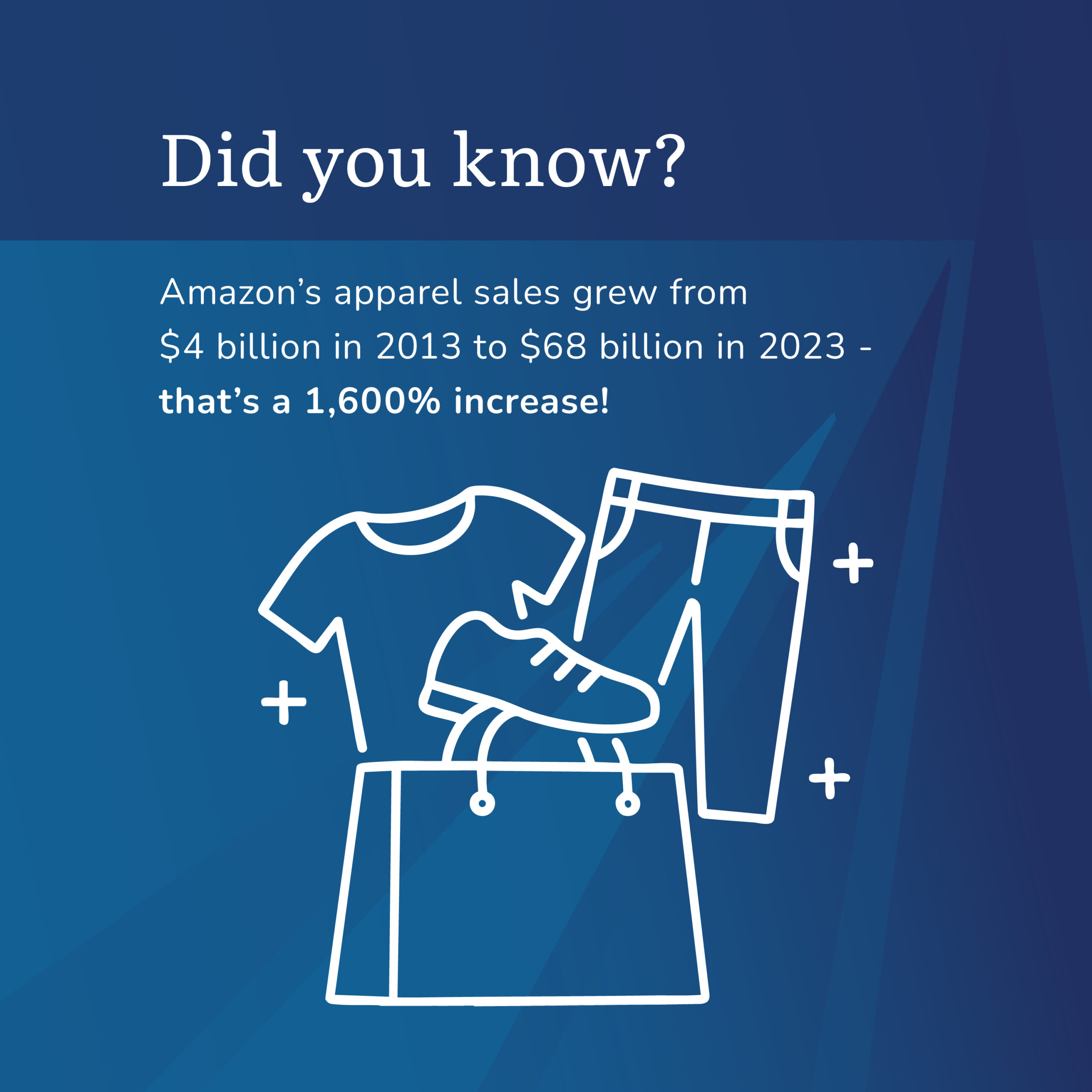Rebuilding Financial Confidence After Divorce: Managing Risk & Moving Forward
Divorce is not just an emotional transition—it’s a financial one, too. The process of separating assets, redefining financial goals, and adjusting to a new financial reality can feel overwhelming. But with the right mindset and strategies, you can regain control and build a future that aligns with your new chapter in life.

Understanding Financial Risk After Divorce
Your financial risk tolerance may shift post-divorce, especially if you were previously making financial decisions with a partner. Perhaps your former spouse was more risk-tolerant, or maybe you relied on their income for financial security. Now, it’s time to assess where you stand and make adjustments that reflect your individual situation.
Give Yourself Space to Process
Divorce is a significant life change, and financial decisions made in the heat of emotion can lead to regret. Take time to understand your new financial landscape before making major investment or spending decisions. A temporary pause can help you approach financial choices with clarity and confidence.
Assess Your New Financial Landscape
Start by taking a full inventory of your assets, liabilities, income, and expenses. Create a post-divorce budget that reflects your current financial situation and long-term goals. Understanding what you have—and what you need—will help you make informed decisions about saving, investing, and spending.
Strengthen Your Financial Safety Net
With a single income, financial protection is more important than ever. Consider:
- Building an emergency fund to cover at least 3-6 months of expenses.
- Reviewing insurance policies, including health, life, and disability coverage.
- Updating estate plans to ensure beneficiaries and directives reflect your new situation.
Reevaluate Your Financial Goals
Your goals may have changed post-divorce. Are you saving for a home? Planning for your children’s education? Aiming for an early retirement? Clarify your priorities so you can align your financial plan accordingly.
Adjust Your Investment Strategy with Confidence
Your risk tolerance may look different now. If you were more conservative before, you might need to take a more growth-oriented approach to ensure financial security. Conversely, if your former spouse was the primary income earner, you may want to focus on stability first. A financial advisor can help tailor an investment strategy that fits your new financial reality.
Embrace Your Financial Independence
For many, divorce brings a newfound sense of control over financial decisions. While this can be daunting—especially for women—it’s also an opportunity to align your finances with your own values and aspirations.
Focus on Your Future, Not the Past
It’s natural to feel anxious about finances post-divorce, but focusing on what’s within your control will empower you. Small, intentional steps—like tracking expenses, automating savings, and making informed investment choices—will help you regain confidence and financial security.
Allow Yourself Time to Grow
Adjusting to financial independence takes time. Be patient with yourself and seek professional guidance if needed. A financial advisor can provide clarity, structure, and a personalized roadmap to ensure your financial well-being.
Taking the Next Step
Rebuilding financial confidence starts with a plan. At Evensky & Katz/Foldes, we specialize in helping individuals navigate post-divorce finances with clarity and confidence. If you’re ready to take control of your financial future, Connect with an advisor.
Categories
Recent Insights
-

Giving with Pride: Smart Strategies for LGBTQIA+ Donors
Understanding the Landscape of LGBTQIA+ Philanthropy LGBTQIA+ donors are uniquely positioned to drive meaningful change, but the philanthropic landscape remains complex and underfunded. Historically, LGBTQIA+ organizations have faced significant challenges in securing resources, often competing with larger, more established nonprofits for limited funding. This disparity highlights the importance of strategic giving to ensure that your…
-

How to Build Lasting Relationships that Propel Your Business and Elevate Your Community
As business leaders, our role in the community extends beyond charitable acts—it’s a strategic initiative that strengthens both our businesses and the communities we serve. Building meaningful community partnerships is not just about doing good; it’s about doing it strategically to foster deeper relationships, enhance your brand, and make a lasting difference. But where do…
-

Talk Your Chart | From Tax Trends to Firing a God Portfolio: Economic Insights | Episode 68
In Episode 68 of Talk Your Chart, Marcos and Brett dive into a jam-packed discussion of economic trends, market psychology, and long-term investing. From tax receipts and Social Security’s ticking clock to why even a ‘God’ portfolio gets fired—this one covers it all and more. Charts available for download here.
-

The Other Behavioral Gap: Why Total Return Investing Could Be the Key to Your Financial Freedom
What is the Other Behavioral Gap: If you’ve been investing for a while, you’re likely familiar with the first major behavioral gap: emotional investing that is driven by fear or greed. These forces drive you to buy high and sell low. It’s a pattern that often shows up when market fluctuations cause knee-jerk reactions. But…
-

A Year In Review: 10 Strategies To Fuel A Growing RIA
Growing a successful RIA goes beyond simply increasing assets under management; it involves cultivating a resilient firm culture, streamlining operations, and strategically positioning the company for long-term growth. Over the past year, our team has made significant strides in executing intentional, strategic changes that have propelled our firm forward, fostering a more productive and positive…
